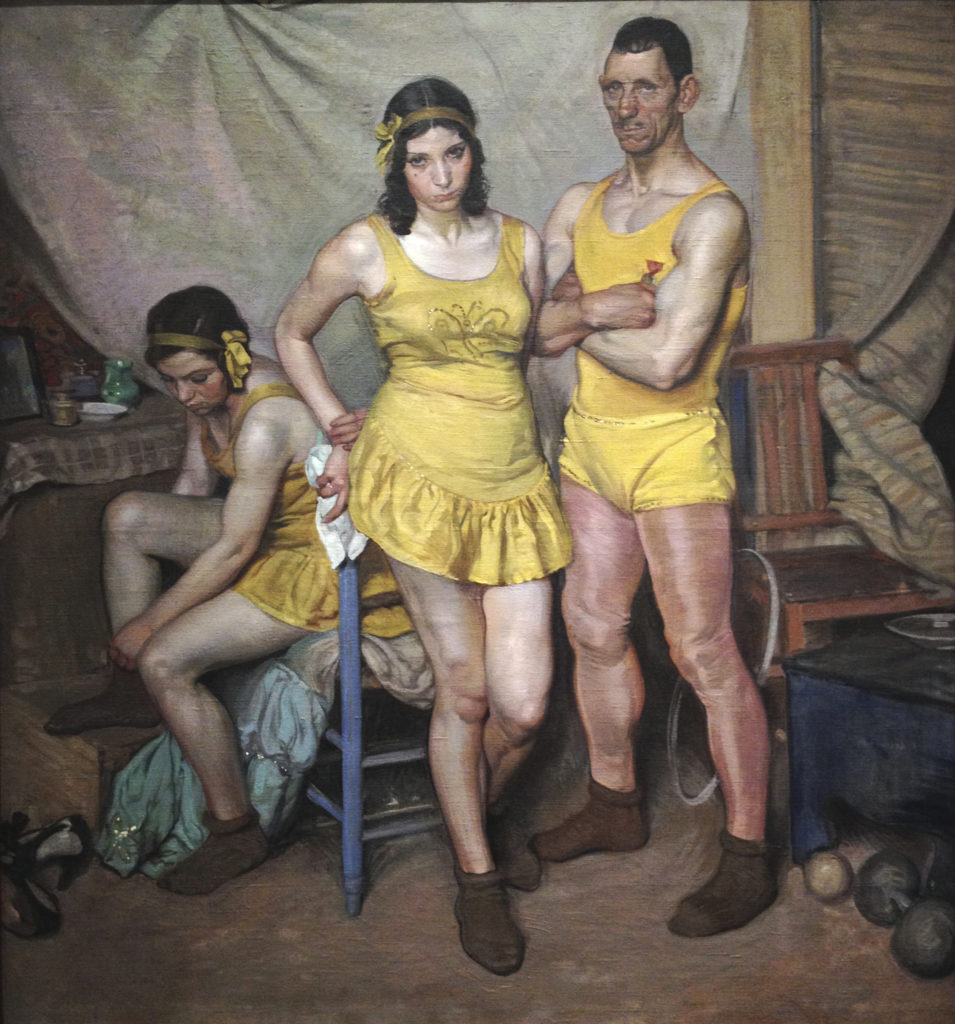A visit to the Museum of Málaga
In a classic, beautiful and completely renovated building, the old Neoclassical Customs Palace, we found the new Museum of Málaga. The largest state-owned museum in Andalusia, which reform cost around 40 million euros and 10 years of work! It is worth mentioning that this museum is the result of popular pressure from the citizens of Málaga, who, for a long time, demanded a cultural use for the Palace of Customs.
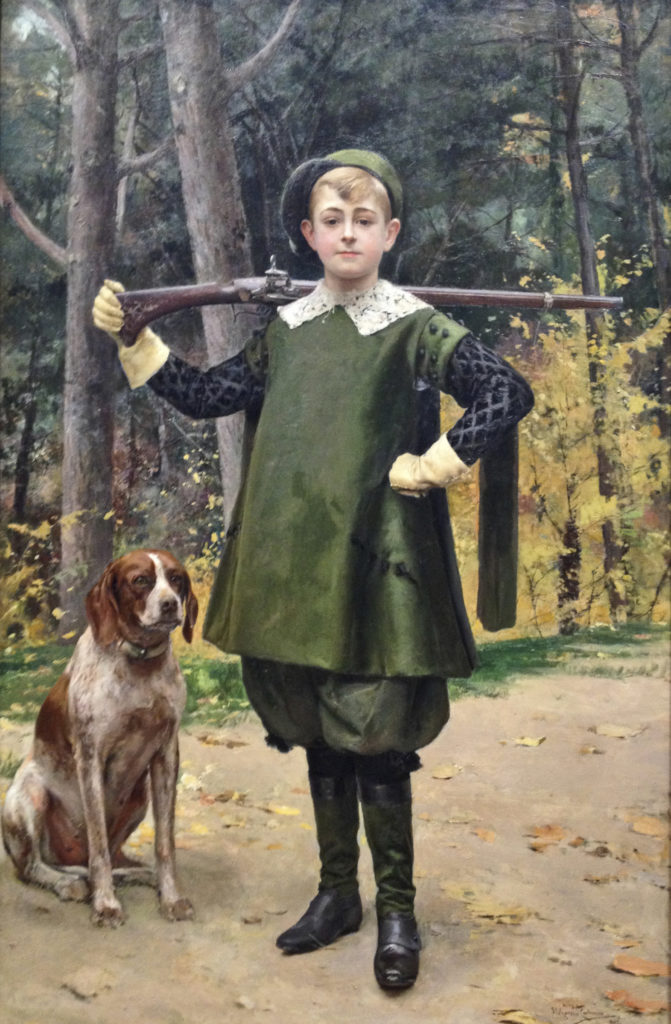
“Portrait of his son, Pepito”, 1902, José Moreno Carbonero, Málaga, ©photo by Bogra art studio, 2018
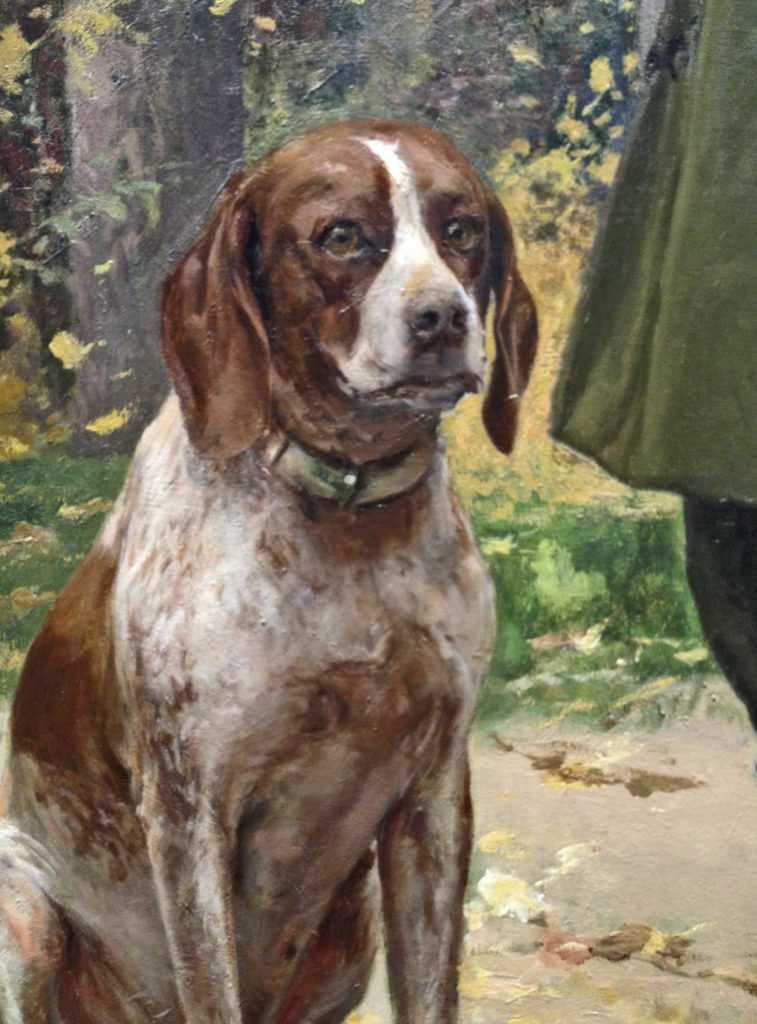
“Portrait of his son Pepito”, 1902 (detail) José Moreno Carbonero, Paintings sXIX Museo de Málaga, ©photo by Bogra art studio, 2018
After my visit to the “Revello del Toro” Museum and having two more days ahead in Málaga, I could not miss the Museum of Málaga !! This palace, that brought together the former Museo Provincial de Bellas Artes (Provincial Museum of Fine Arts), born in 1913, and Museo Arqueológico Provincial (Provincial Archeological Museum), is the biggest museum in Andalusia and the 5th in Spain.
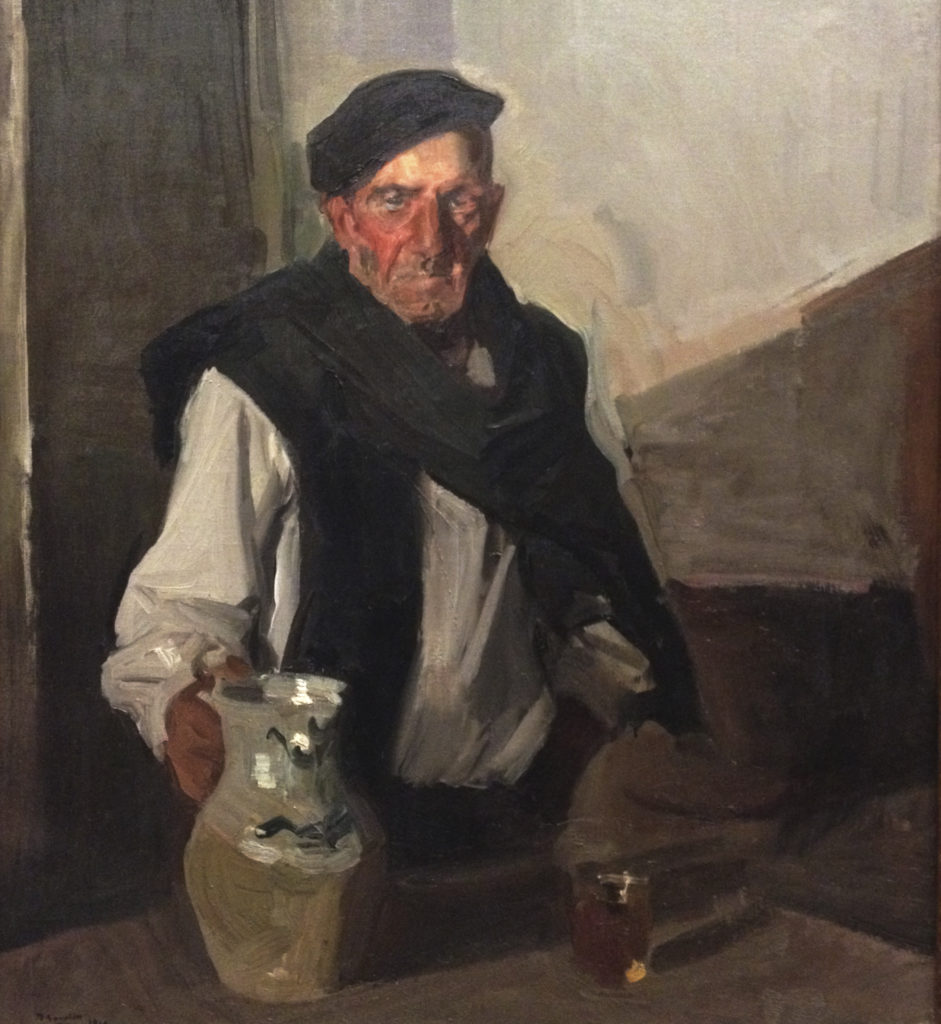
Joaquín Sorolla y Bastida “Basque drinker”, oil on canvas, 116 x 101 cm. Museum of Malaga, ©photo by Bogra art studio, 2018
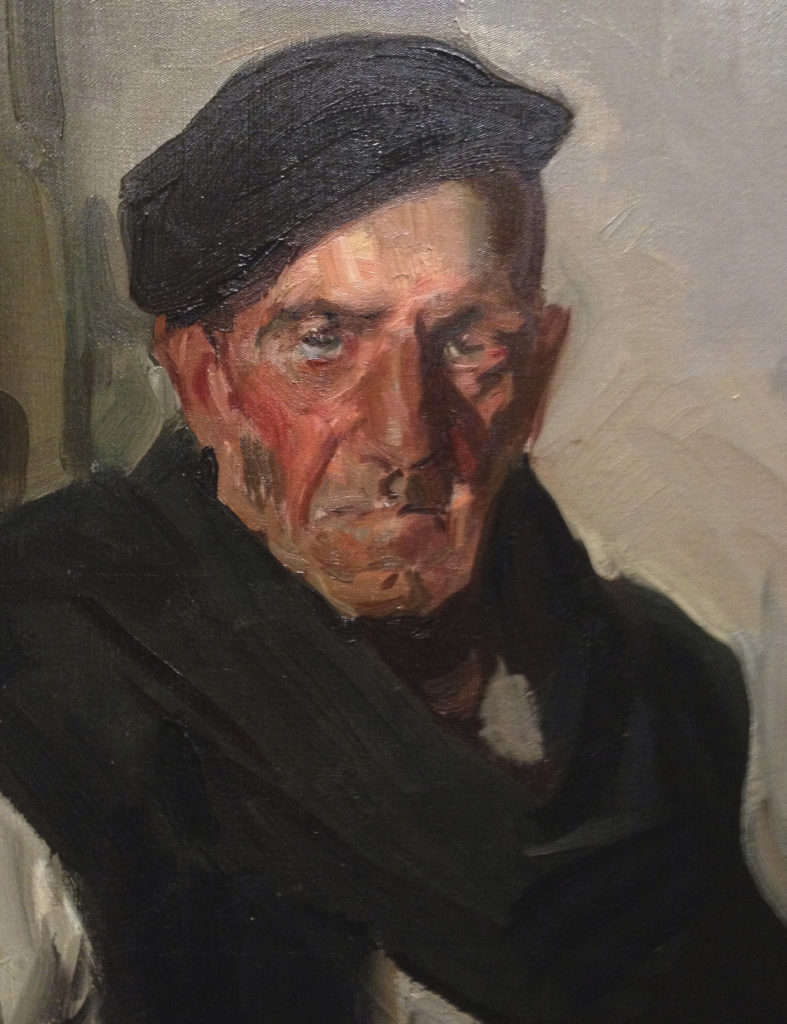
Joaquín Sorolla y Bastida “Basque drinker”(detail), oil on canvas, 116 x 101 cm. Museum of Malaga, ©photo by Bogra art studio, 2018
It has two well-defined spaces or sections. One, focus on Fine Arts and the other one on Archeology. The origins of his works and paintings are really diverse. Much of them comes from the Academy of Fine Arts of Sant Telmo, from private donations and collectors, and also from other museums, such as the Prado Museum. The finished space was inaugurated on December 2016.
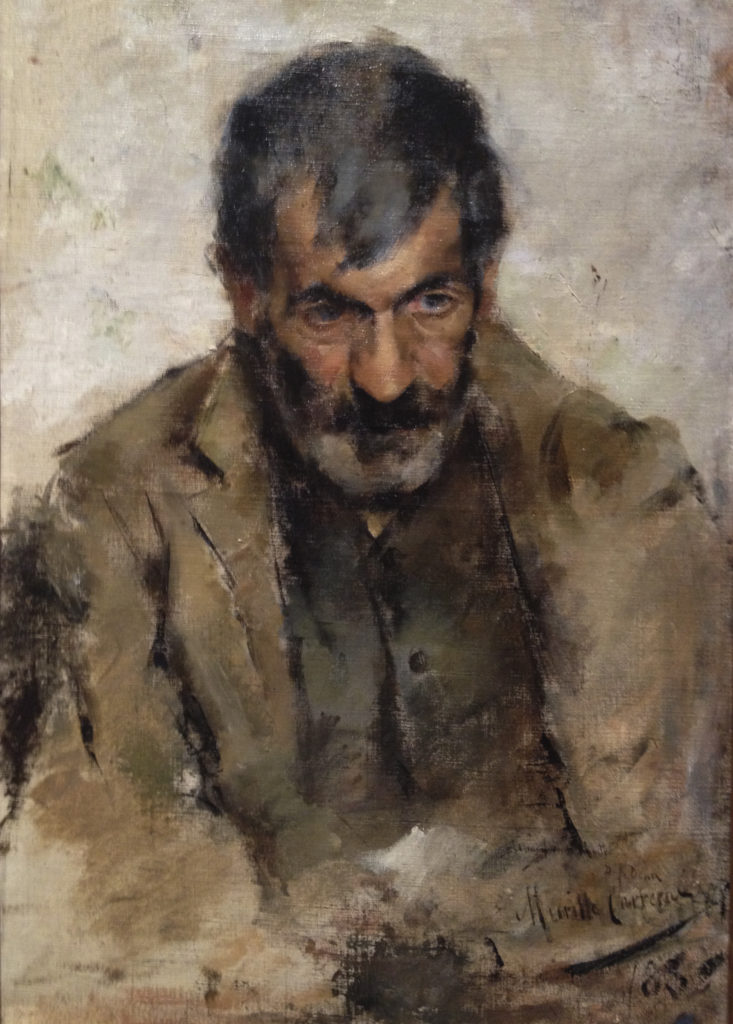
A portrait painting (Oil painting study) by Batolomé Esteban Murillo, Málaga Art Museum, ©photo Bogra art studio, 2018
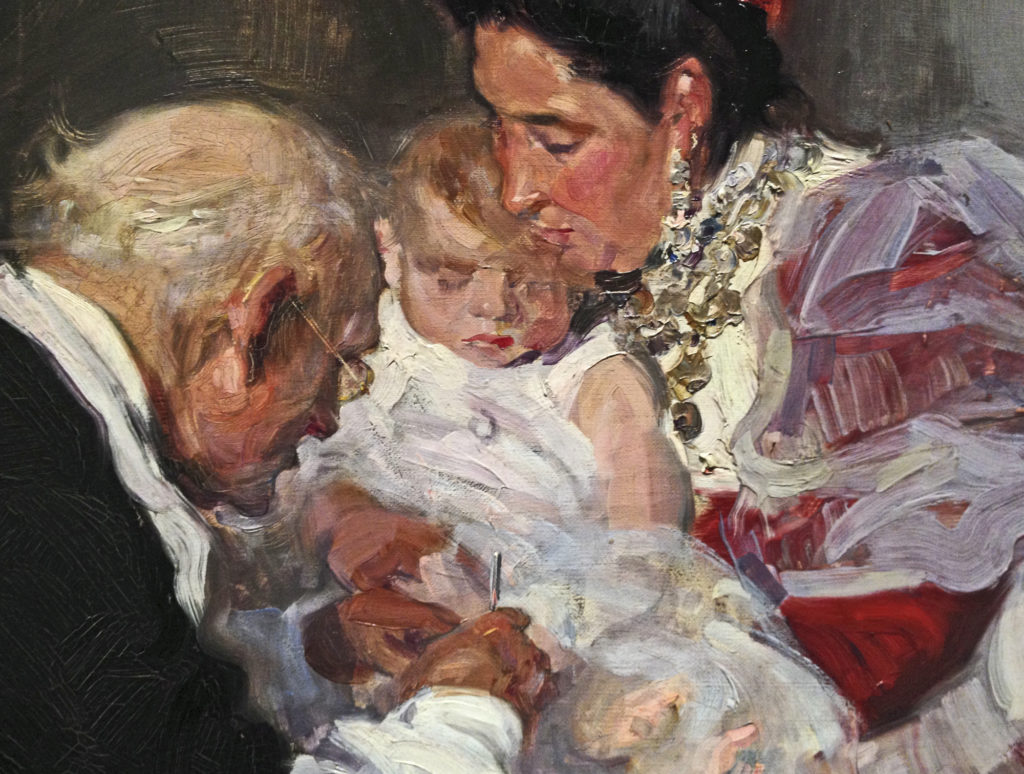
Vicente Borrá 1867-1945. Escuela española., “Vaxination of kids” (detail) Paintings sXIX, Málaga Museum©photo by Bogra art studio, 2018
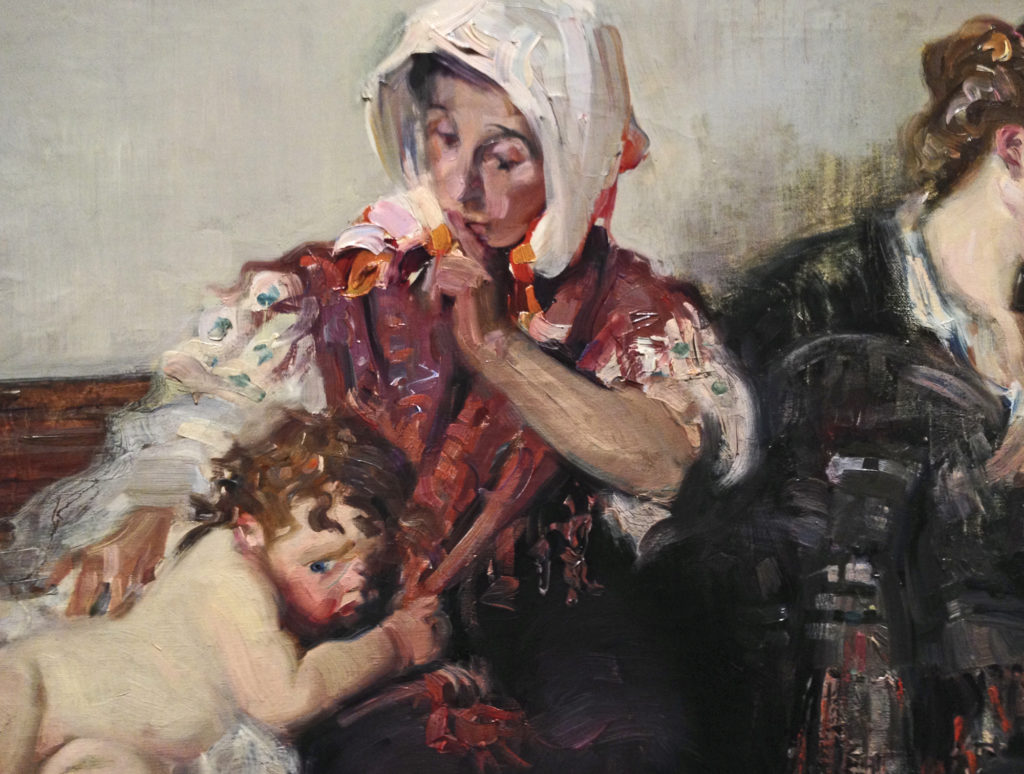
Vicente Borrá 1867-1945. Escuela española., “Vaxination of kids” (detail) Paintings sXIX, Málaga Museum©photo by Bogra art studio, 2018
Inside, there are about 2,500 works of artists. One of the largest collections of Spanish painting from the nineteenth century. We found great and well-known artists such as Sorolla, Carlos de Haes, Federico Madrazo, Esquivel, Vicente López Portaña or Ramón Casas. And of course several of the most famous painters of the Malagueña School, like Enrique Simonet, which are not so popular but very interesting to discover indeed!
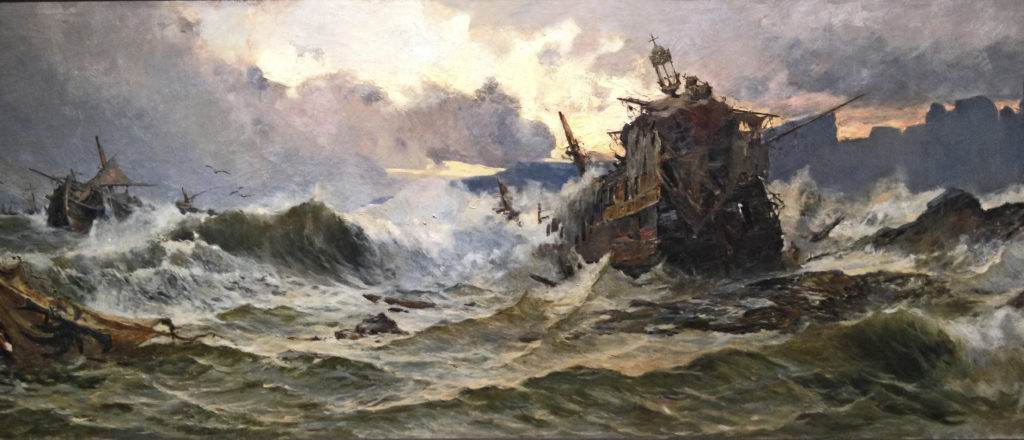
“La destrucción de la Armada Invencible”, by José Gartnet de la Peña, Paintings sXIX, Málaga Painting arts School, ©photo by Bogra art studio, 2018
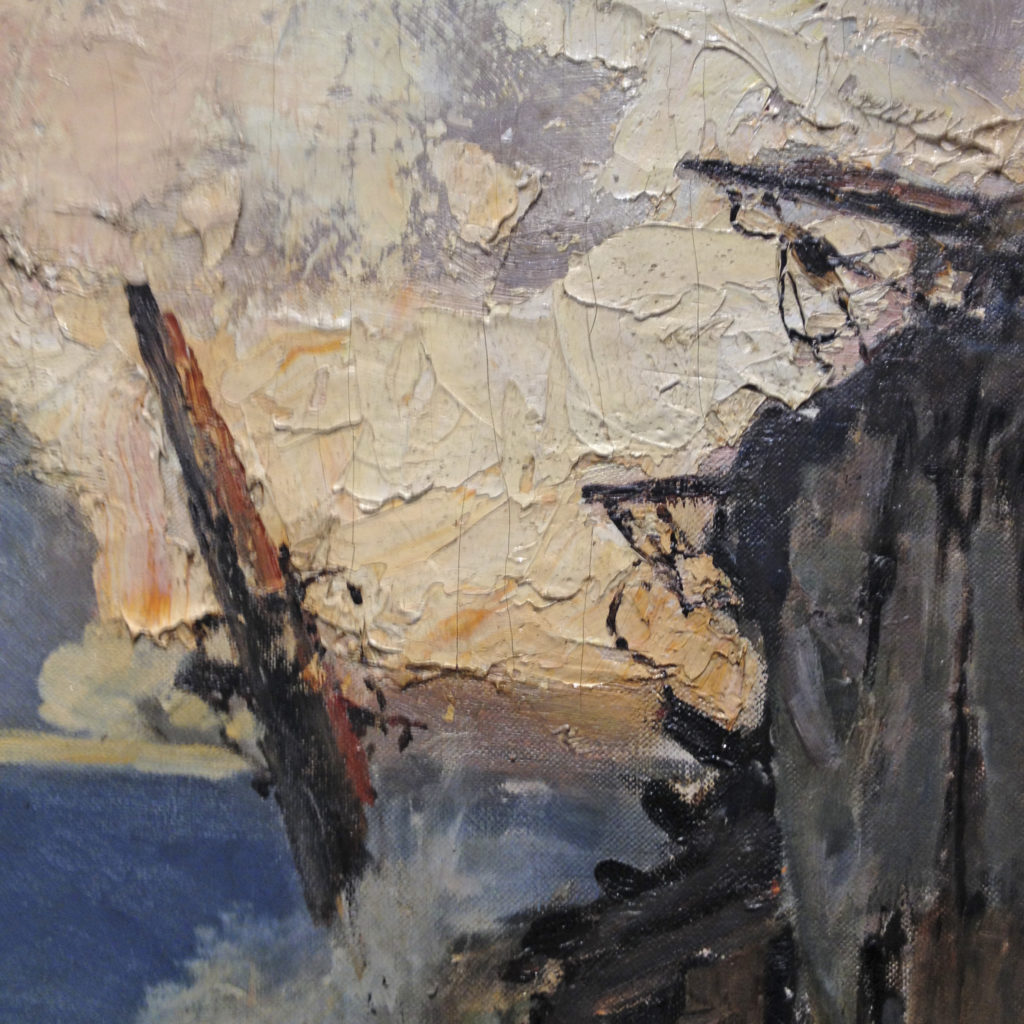
“La destruccion de la Armada Invencible”, (detail) José Gartnet de la Peña, Paintings sXIX, Málaga Painting arts School, ©photo by Bogra art studio, 2018
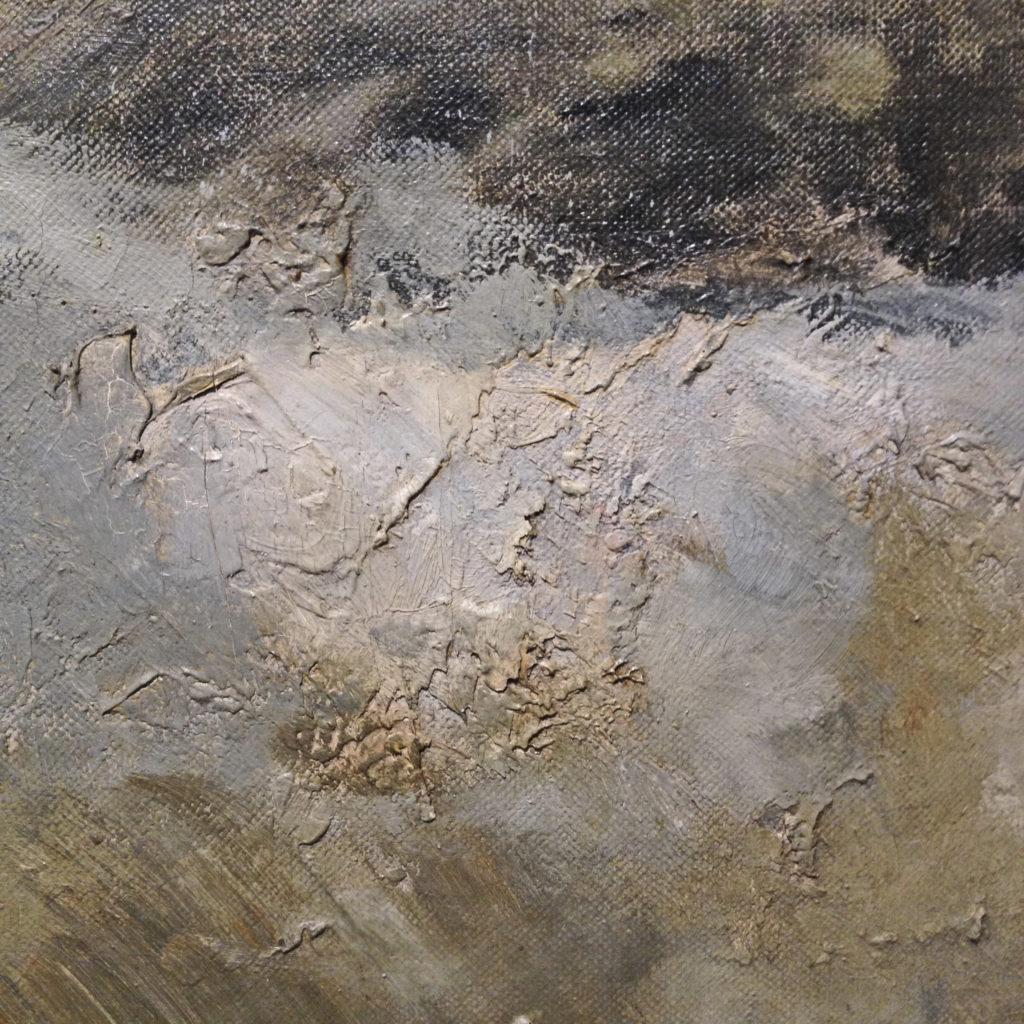
“La destruccion de la Armada Invencible”, (detail) José Gartnet de la Peña, Paintings sXIX, Málaga Painting arts School, ©photo by Bogra art studio, 2018
Special mention for some paintings such as “La destrucción de la Armada Invencible“ (1892) by José Gartnet de la Peña (Gibraltar, 1866-Madrid, 1918). Spanish painter specialized in Marine and Landscape paintings. This original painting, with his 147,5 x 438 cm. is an impressive masterwork. You could get in front of this painting for hours discovering amazing details, effects and brushes, and textures made by the Painter. I also have a special mention for the big painting of Enrique Simonet (1866-1927); “Anatomy of the heart; And she had a heart!; Autopsy”, Height: 177 cm (69.6 in); Width: 291 cm (114.5 in). The work depicts a doctor, who is conducting an autopsy, looking at the heart of a young woman.
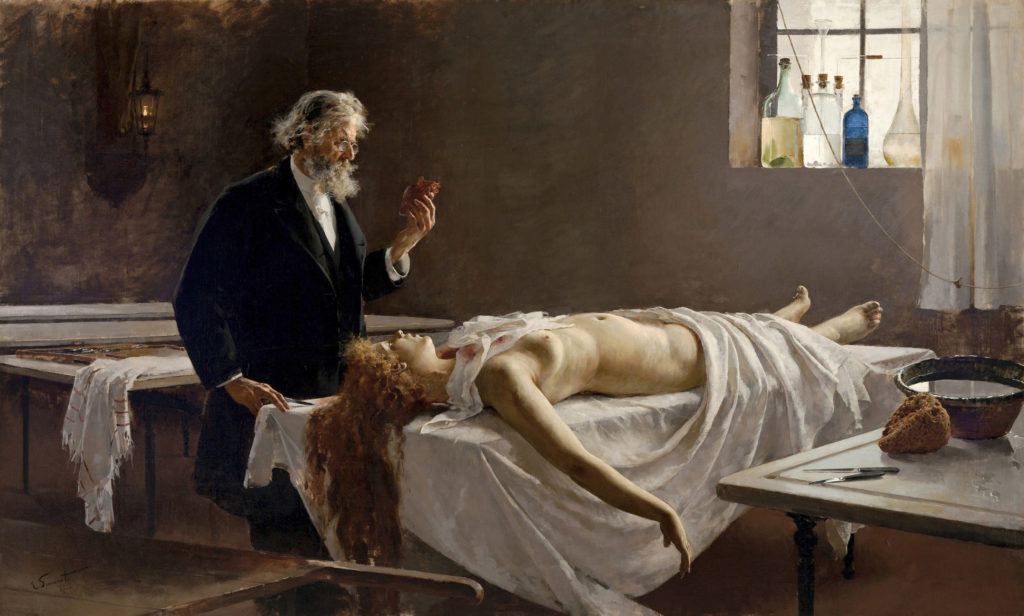
“Anatomy of the heart; And she had a heart!; Autopsy.” by Enrique Simonet, Málaga Art Museum, Spain, 2018

